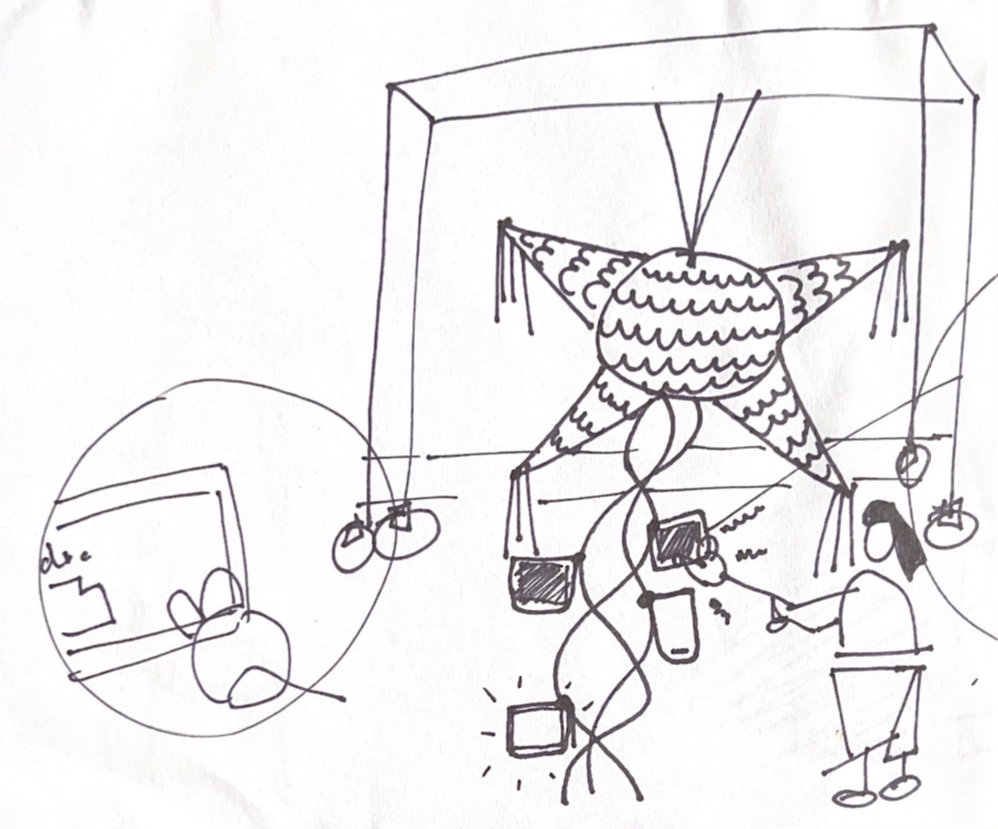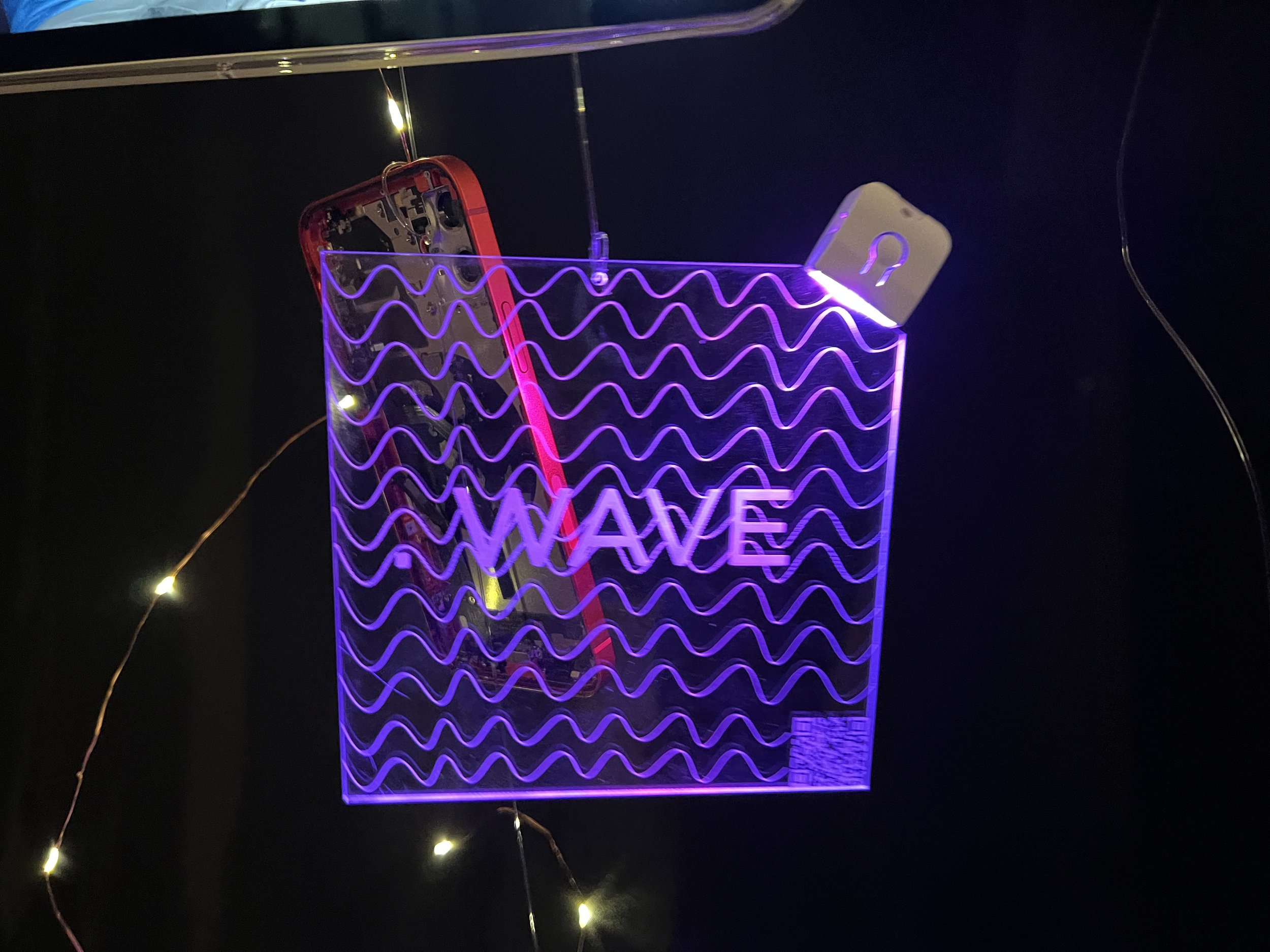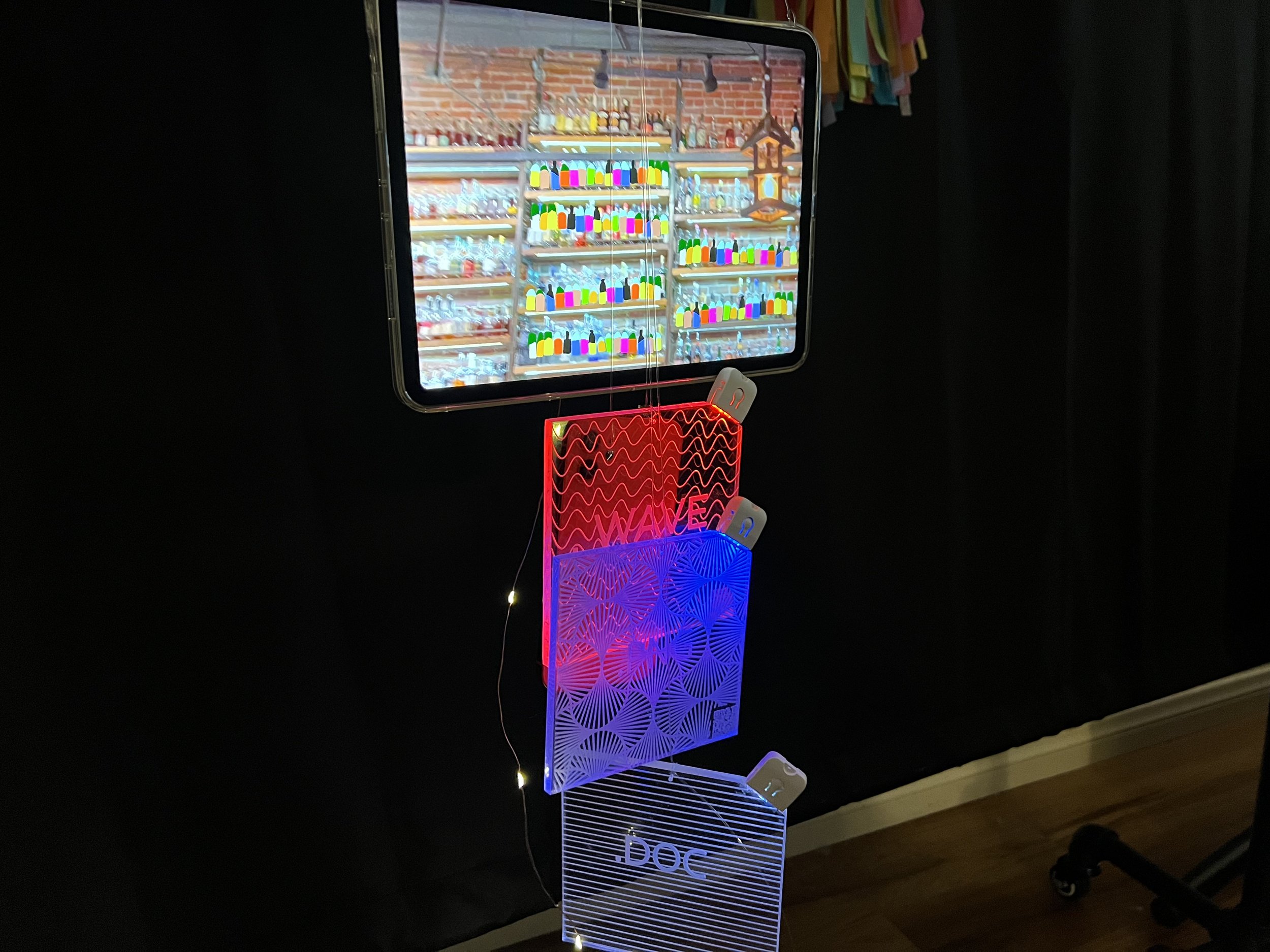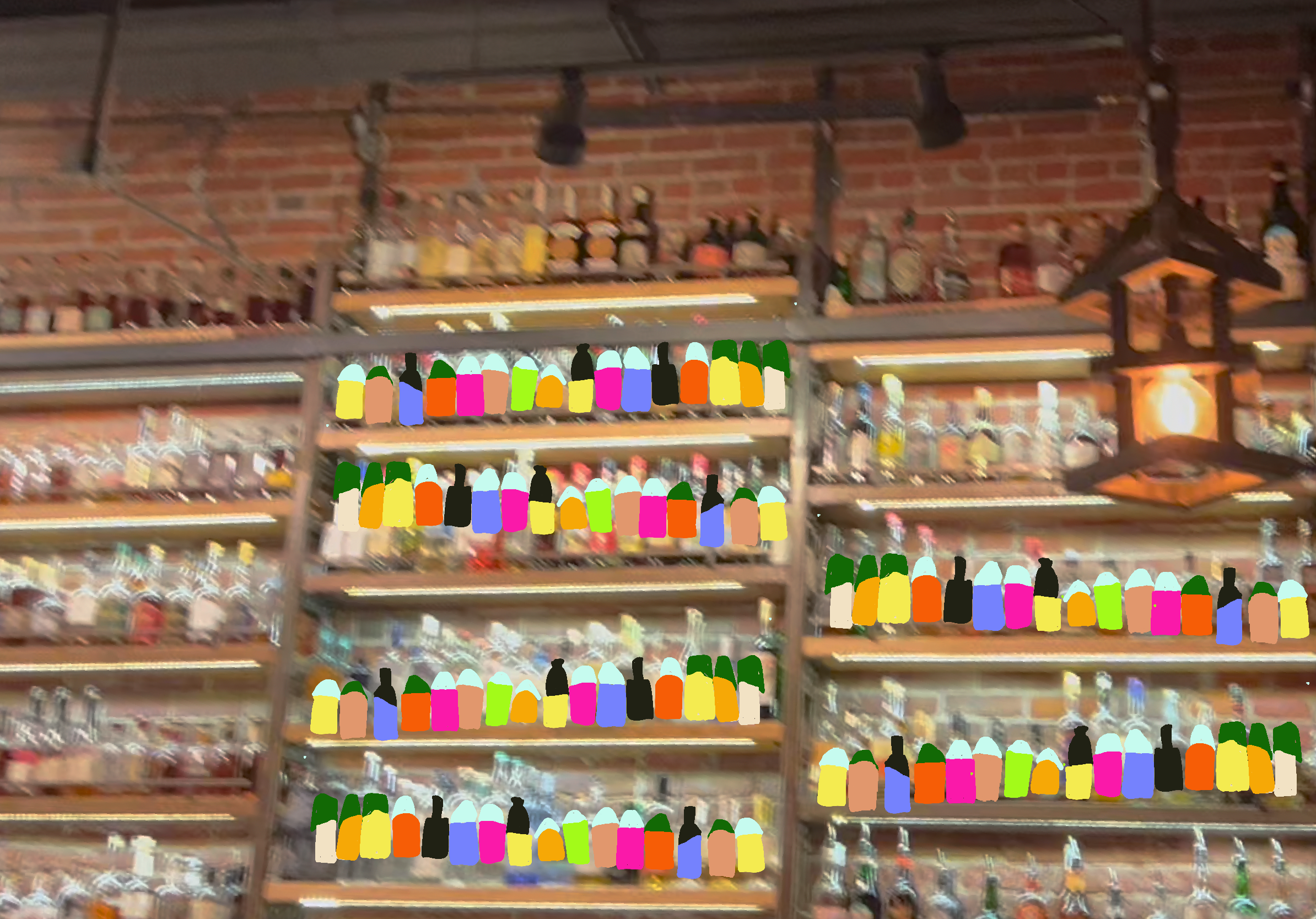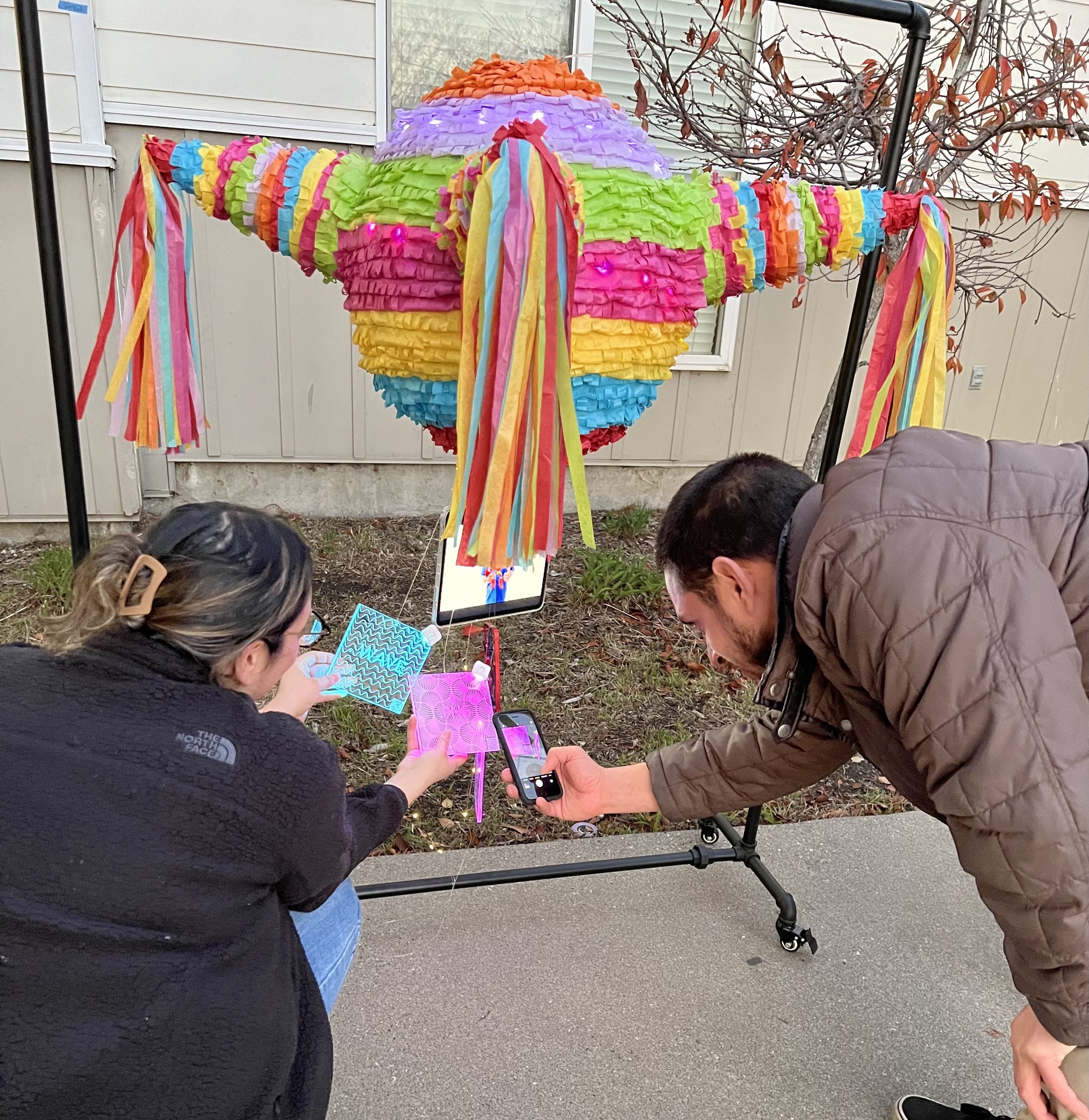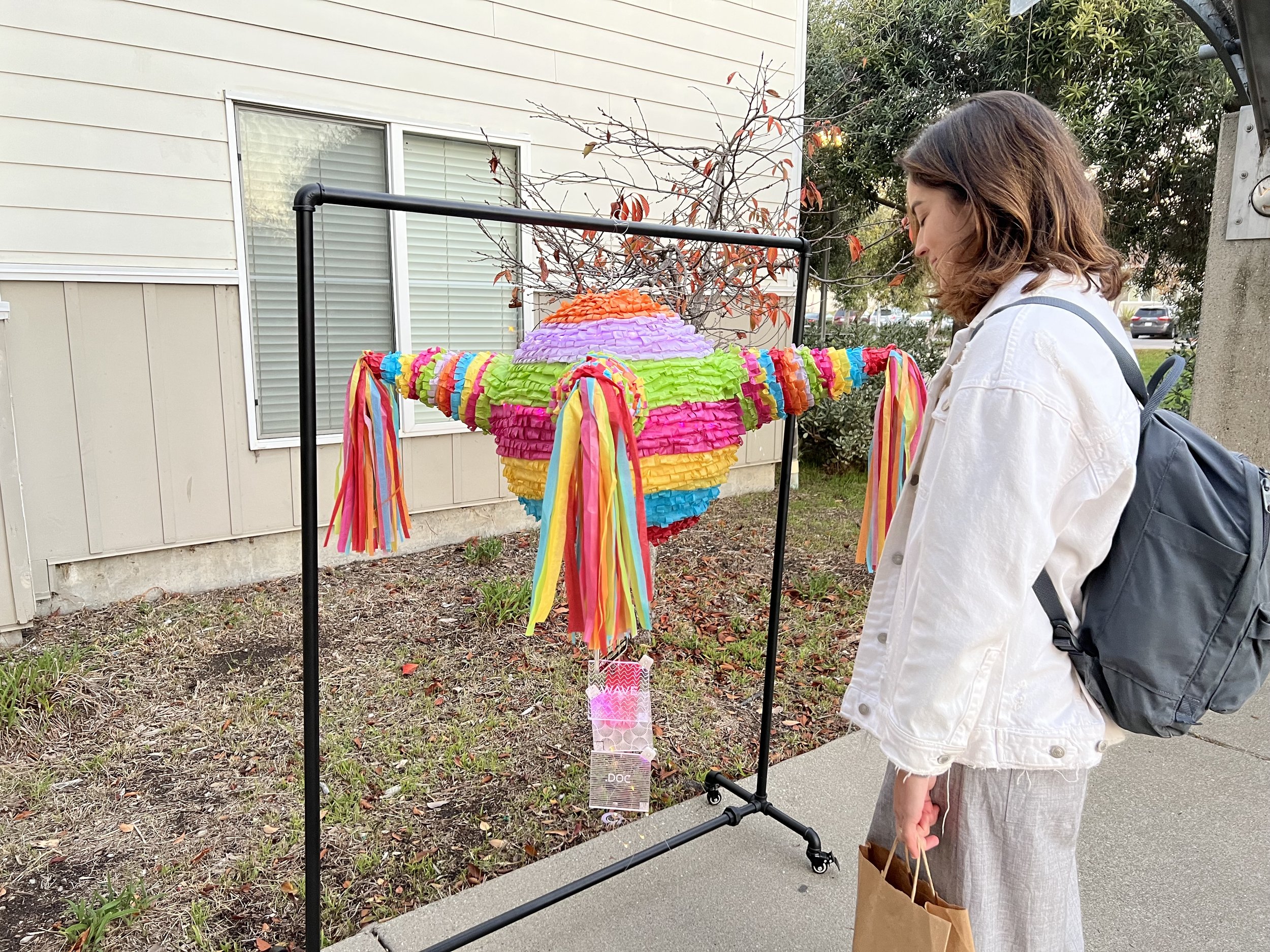Celebration of Digital Aura
Capstone Thesis Project
Project Details:
Tools used: Figma, Indesign, Photoshop, Procreate, Illustrator, Laser cutting, Premiere Pro and Adobe Aero
Client: UC Berkeley MDes Thesis
Timeline: 15 weeks
The Problem
The emergence of design and anthropology fields opens new pathways for future collaborative world-building. The solid collaborative design methods and the vital analysis of anthropological research have helped emerge the new field of design anthropology. The problem is that the emergence of these two fields is still a novice. Anthropology still needs to take advantage of the opportunity to include people in future world-building. At the same time, design continues to lack the fieldwork of going out into communities to understand people, communities, and culture more deeply. This is because design continues to have its focus mainly on the workplace. Collaborations of design still occur in brainstorming sessions within internal teams. Whiteboards should not be considered the solution to solving challenging design problems.
The Challenge
With technological advances, we need to refocus our visions of what it means to have technological advances in our lives and how they influence us. I see the importance of defamiliarizing the idea that technological objects must be new and shiny. Moving beyond technology as just a polished product allowed me to experiment and explore different outcomes for my artifact.
Concept Sketches
The Artifact
This artifact’s goal is to question humans’ vulnerability to contemporary technology. The breaking of the piñata focuses on the audience’s experience of destroying and releasing digital data. Exposure to these assets in real-world environments demonstrates that the protection they provide the person does not equate to the same security in the digital world.
Technical Components
Digital files made using Adobe Illustrator for design, laser cutting with acrylic, and LED lights.
Slideshow showcasing digital and actual objects co-existing. Images were made using photoshop and illustrator. Slideshow made using Premiere pro.
AR environment made using Adobe Aero.
Participant Observation
As a researcher, I conducted participant observations by collecting data on the interactions people had when the artifact was placed in an outdoor setting. Members of this study gave consent to participate but were not given prior information about the project in order to collect authentic responses to artifact. Some key findings were; one, people were interested to engage with the artifact and eager to touch it. When I explained my concept they were very interested in learning more about it. Two, I learned that logistically it would make more sense for the piñata to hang from a higher distance so that people would not have to bend over to look at it. Three, people wanted to visualize the surprise of the piñata which lead me to develop an e-commerce mobile app mockup to demonstrate the hypothetical ordering of the piñata. Four, making sure in the future iteraction people get to experience the actual ‘breaking’ experience.
Graduate Exhibition
This project was presented in internal studio critiques with domain experts and in the Internodes Graduate Exhibition open to the public.
Future Work
This new field has the opportunity to equate creativity of design and the understanding of people and cultures from anthropology to create new realms of future imagination. By opening new collaborative methods of designing, we, as anthropologists and designers, can ensure that people from different backgrounds continue to be included in future world-building.


